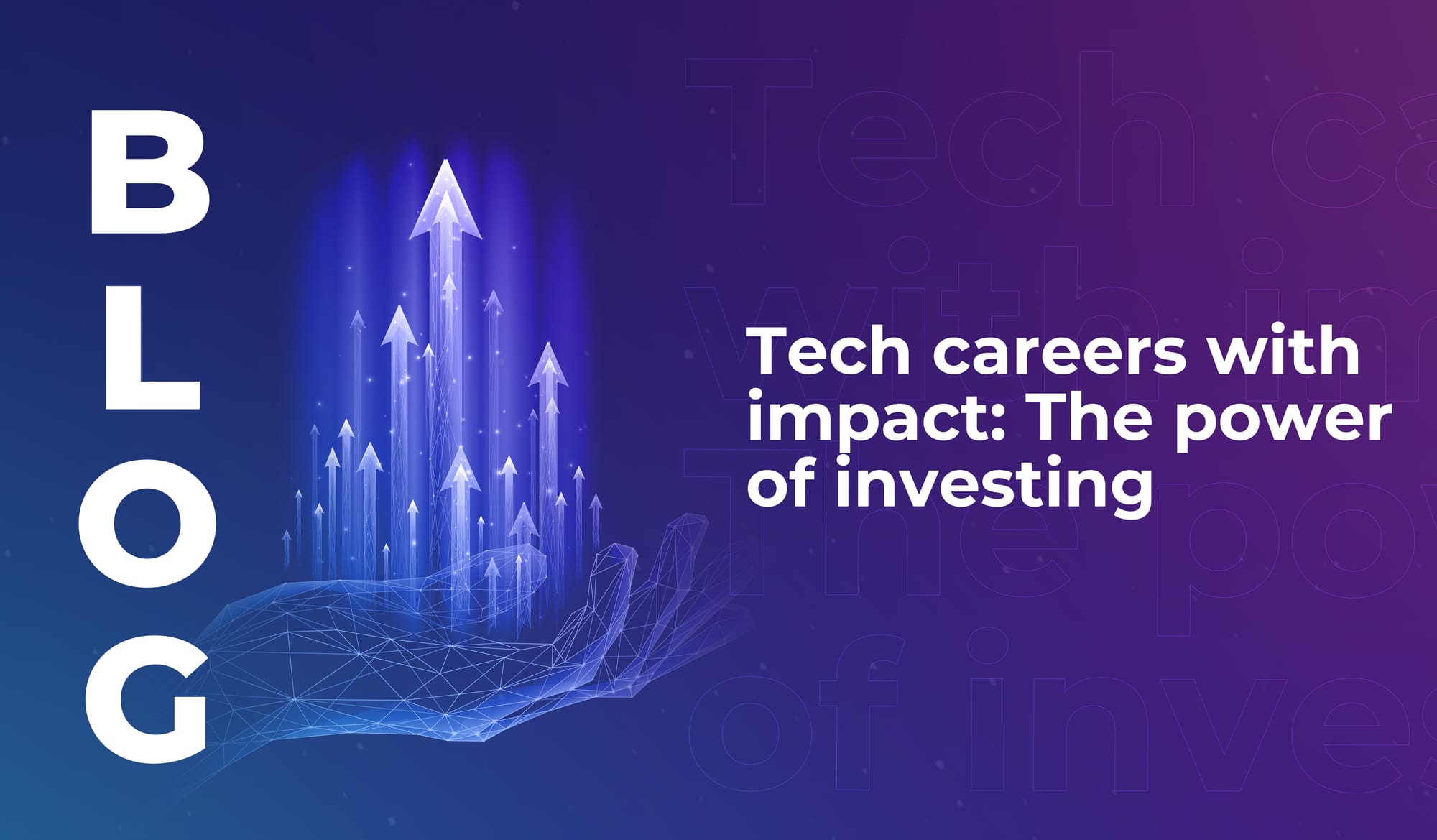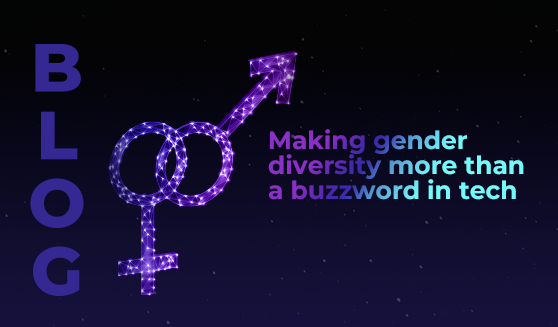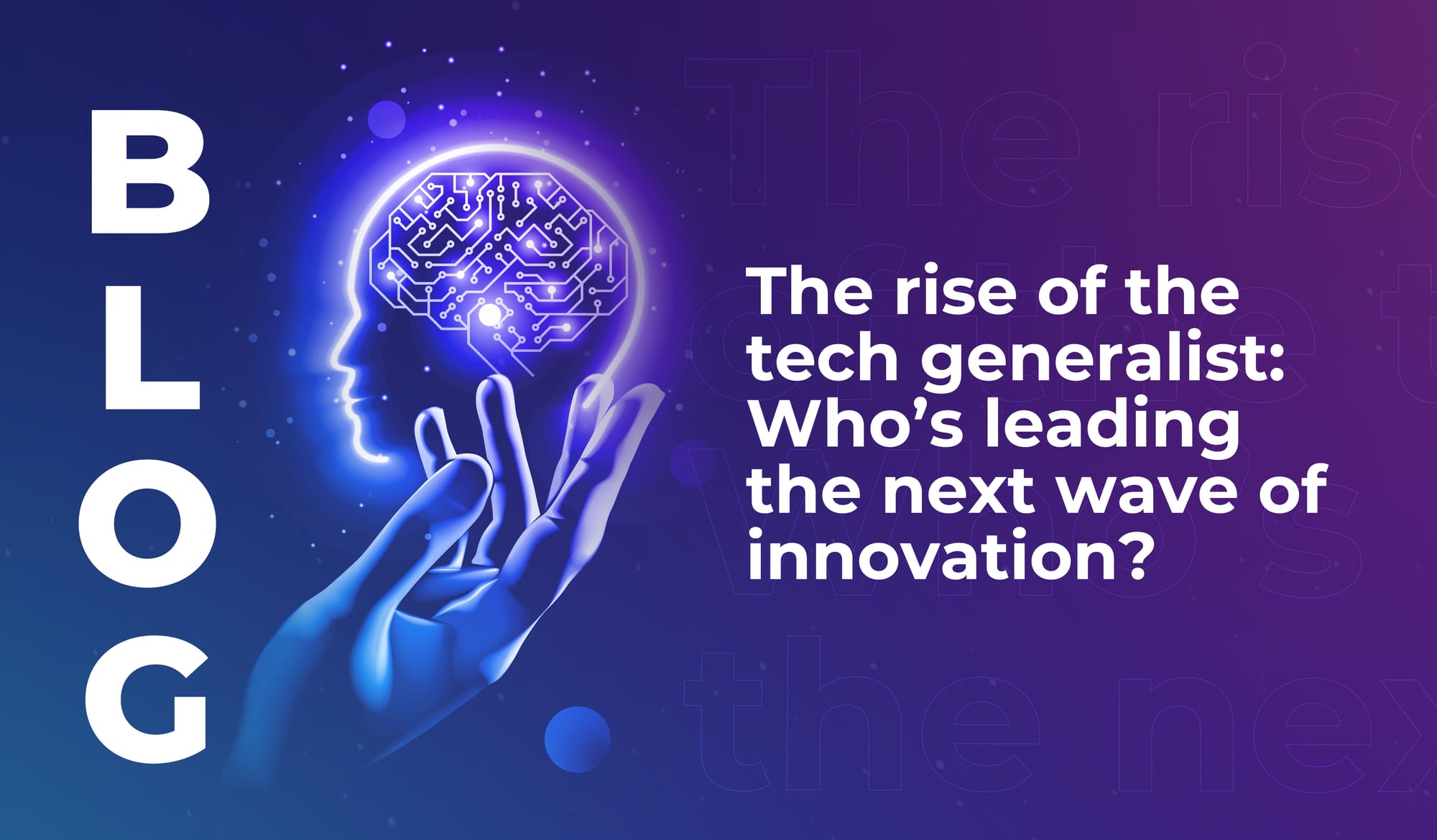
Tech careers with impact: The power of investing
If you’ve ever thought about becoming a tech investor, read this – learn why investors are the quiet force shaping the future of the industry.


As we hover around the midpoint of the year, we’re thinking about gender diversity – and what it means in the tech industry at this moment in time. Because everyone’s been talking about diversity for a while now; and like any hot topic, it’s at risk of becoming a buzzword without much substance behind it.
Here at LEAP, we don’t want that to happen. Diversity has to mean something: it can’t just be a word that businesses throw around in their marketing campaigns without actually doing anything to support diverse talent in their industry.
The good news is that the gender gap in tech is closing. The bad news? It’s happening very slowly.
According to research from Anitab, the representation of women in tech in 2022 was about 27.6%. That grew by only 0.9% in 2023. And even if we achieved a consistent 5% annual growth rate, it would still take around 12 years to reach equal representation of women in the tech industry.
Deloitte found that women account for 33% of the workforce at large-scale tech companies, with an upward trajectory of around 1% annually.
And according to Accenture, 50% of women in tech leave their jobs by the age of 35 – compared with 20% in other fields. This is really important, because it coincides with the age when two critical limitations are often placed on women’s careers: one, the opportunity for job advancement (women in tech have a 28% chance of being promoted to a managerial role, compared with 40% of men); and two, the age when many women become mothers.
It’s known as the motherhood penalty. Evidence shows that when men become fathers, their career opportunities and earning potential increase – while motherhood significantly limits those opportunities for many women.
We’re dedicated to not just talking about diversity – but taking action on it.
For this year’s International Women’s Day, five women at Tahaluf shared their perspective on diversity and inclusion at LEAP, as well as the organisation’s other events.
Annabelle Mander (Senior Vice President at Tahaluf) said, “I had this moment of realisation about our gender balance when I was doing something totally different – I think arranging visas for our team. It hit me that half of our team members are women, which is still amazing to me.”
And Emily Greenwood (Digital Marketing Manager at Tahaluf) compared her experience with previous working environments. “I’ve worked in a number of marketing agencies in the UK,” she said, “and at each one of them I experienced some form of gender inequality.”
“Whether that was an assumption to be the note taker or coffee maker, the person who’s asked to greet clients at the door, or having to be accompanied onto client meetings by an older male who had nothing to do with the account, purely to be ‘taken more seriously’ by the client. It became the norm.”
“I can confidently say I have never experienced anything like this at Tahaluf, and I have only actually recognised this truly right now by writing this answer, as the team is that seamlessly inclusive. We have incredible, powerful, yet empathetic female leaders on our team, who do a wonderful job at making sure there are no elements of exclusivity when it comes to gender within our company culture. This is echoed by the equally incredible male leaders and colleagues, who show nothing but respect and admiration towards their female colleagues.”
The internal culture of gender diversity is reflected in the content of Tahaluf’s events – including LEAP.
“We keep diversity in mind in everything we do,” Annabelle said, “like in terms of gender, background, sector, experience, and so on. At Tahaluf, our events give women a chance to share their expertise and be heard. You can see this at all our events.”
The truth is, we can’t. As diversity has become increasingly desirable among businesses, and in demand among consumers across all industries, it has inevitably become a principle that companies shout loud about – whether or not they’re really doing the work behind the scenes. And in a world where cultural currency changes all the time, we can’t stop that from happening.
All we can do is keep working on it. Keep facilitating diversity of all kinds across our businesses not just because it’s the right thing to do, but because it’s genuinely good for business growth, innovation, and for the development of tech that really makes a positive difference in our societies. And importantly, keep showing our audiences that we’re not just talking the talk. Today’s customers (both in B2C and B2B sectors) know they don’t have to dig very far to find out whether an organisation’s diversity claims are genuine or not.
So while diversity might be a buzzword of the moment, we won’t stop talking about it. But more importantly, we won’t stop working on it. Technology is important to everyone, and it’s going to play a monumental role in societal change going forward. So it’s absolutely essential that the tech industry represents diverse voices and talent at every level – because we have to develop tech that’s good for everyone.

If you’ve ever thought about becoming a tech investor, read this – learn why investors are the quiet force shaping the future of the industry.

Tech generalists will enable emerging technologies to integrate across industries and societies in meaningful ways. We still need specialists – but we also need big-picture people.

Discover three tech sectors facing a talent shortage this year. Could you find your ideal role in a high-demand sector like cybersecurity, cloud computing, or artificial intelligence?

If you’ve ever thought about becoming a tech investor, read this – learn why investors are the quiet force shaping the future of the industry.

Tech generalists will enable emerging technologies to integrate across industries and societies in meaningful ways. We still need specialists – but we also need big-picture people.

Discover three tech sectors facing a talent shortage this year. Could you find your ideal role in a high-demand sector like cybersecurity, cloud computing, or artificial intelligence?